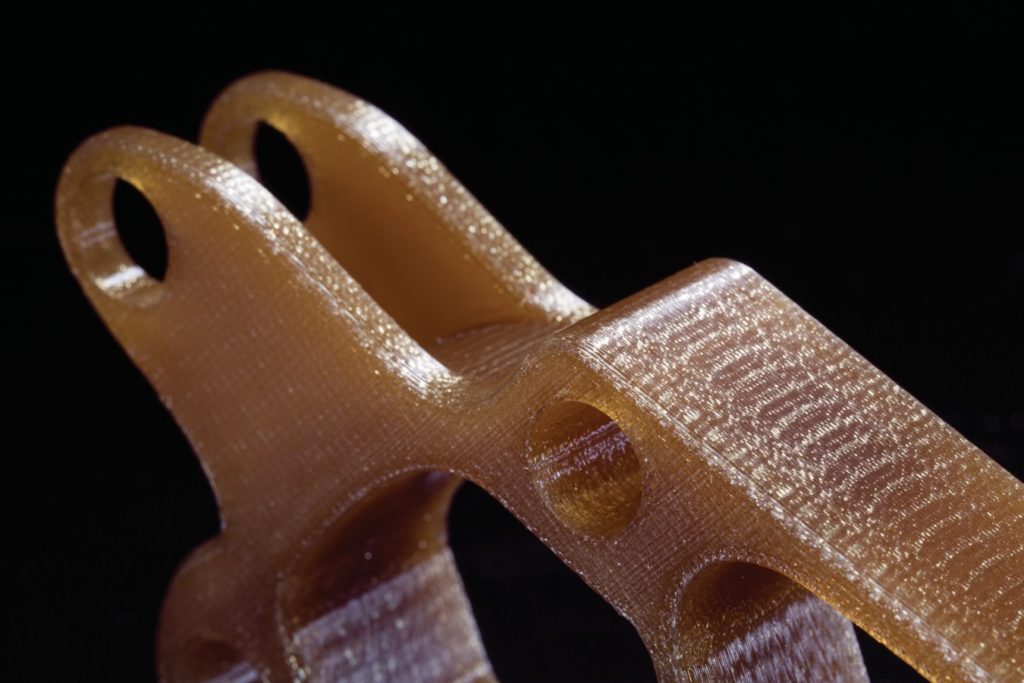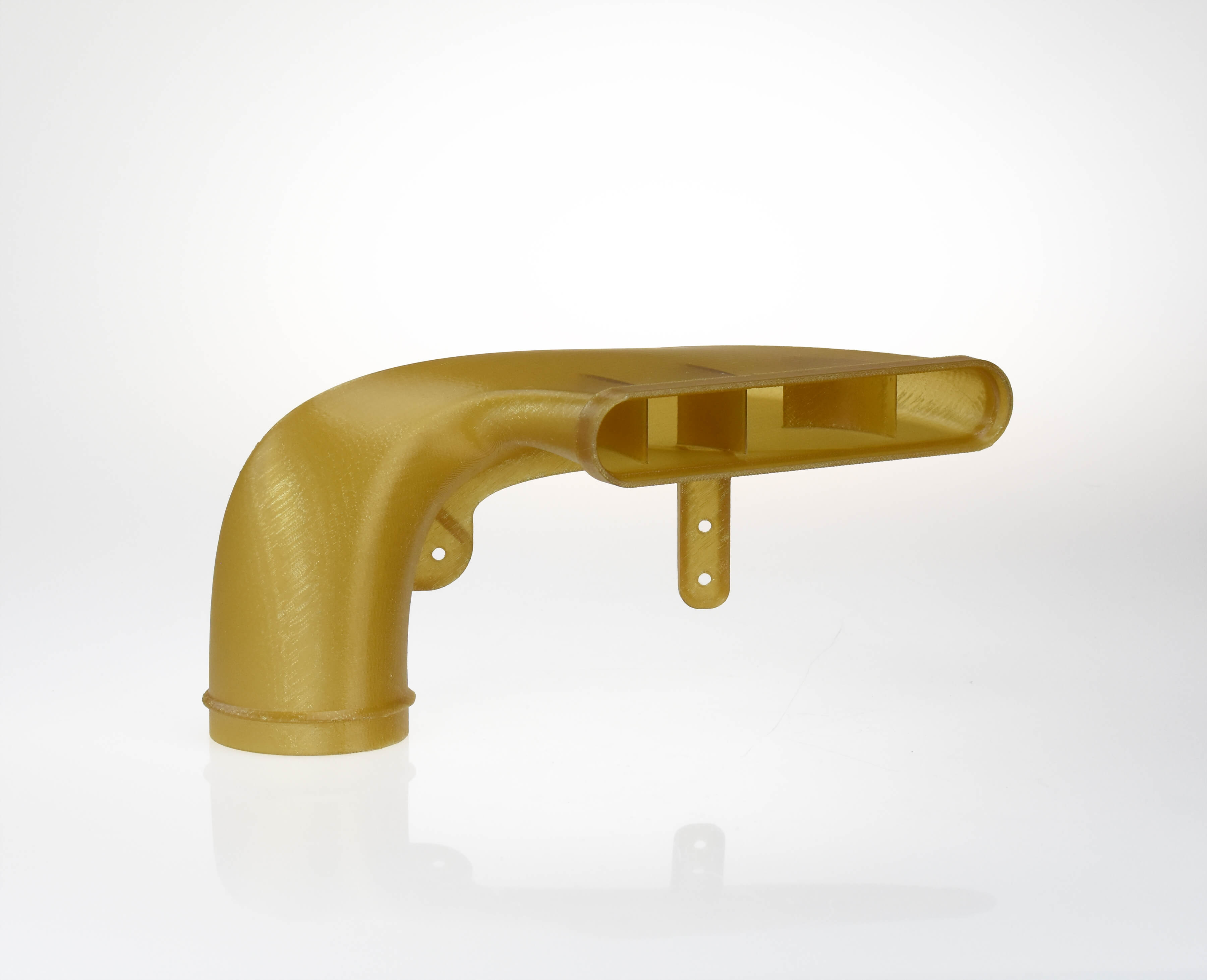Aerospace manufacturer Boeing has qualified 3D printer OEM Stratasys’ Antero 800NA thermoplastic filament for flight parts. As such, the PEKK-based polymer can now be used to additively manufacture end use components aboard Boeing’s planes.
Scott Sevcik, Aerospace Vice President at Stratasys, states: “Boeing has recognized the tremendous utility of Antero to meet applications that couldn’t have been 3D printed before. Additive manufacturing has tremendous benefits for simplifying aerospace supply chains both in original equipment and MRO, but robust materials for meeting challenging flight requirements have been needed.”

Antero 800NA polymer
Antero 800NA is a high-performance PEKK-based polymer designed specifically for Stratasys’s industrial-grade FDM 3D printers, such as the F900 and the Fortus 450mc. It is also available as a material option for customers who opt to use the company’s on-demand manufacturing service, Stratasys Direct Manufacturing. The other filament in the Antero family is 840CN03, a close relative with electrostatic dissipation qualities.
With a tensile strength of 93MPa and an elongation at break of 6%, 800NA aims to combine the excellent mechanical and low outgassing properties of PEKK with the design freedom of FDM 3D printing. The high strength, heat and chemical resistance, toughness, and wear resistance of the filament make it an excellent jack-of-all-trades alternative to metals such as aluminum for aerospace applications.
Having released specification BMS8-444, Boeing has now added Antero 800NA to its Qualified Products List (QPL), following extensive performance testing. It is the first of Stratasys’ materials to be qualified by Boeing for its chemical and fatigue resistance capabilities. As an example, the filament has previously been used to prototype an air duct where its resistance to jet fuel and light weight would serve well.

Boeing and additive manufacturing
Over the years, Boeing has become increasingly involved with various additive manufacturing technologies and materials – no doubt as a result of technological advancements in the industry. Early on in 2020, the company completed the first flight of its 777X jet, which is powered by twin GE9X engines from GE Aviation. The engines are known to contain over 300 3D printed parts, including the famed LEAP fuel nozzle.
More recently, Boeing, together with the National Manufacturing Institute Scotland (NMIS), announced that it will be commencing an £11.8M R&D project to advance various manufacturing technologies in Scotland. To facilitate the program, a lease has been signed with property investment firm Canmoor for a 60,000 square feet warehouse unit at Westway Park in Renfrew. The facility will have a dedicated area built specifically to advance the use of additive manufacturing in the country.
Subscribe to the 3D Printing Industry newsletter for the latest news in additive manufacturing. You can also stay connected by following us on Twitter and liking us on Facebook.
Looking for a career in additive manufacturing? Visit 3D Printing Jobs for a selection of roles in the industry.
Featured image shows part 3D printed using Antero 800NA. Photo via Stratasys.



